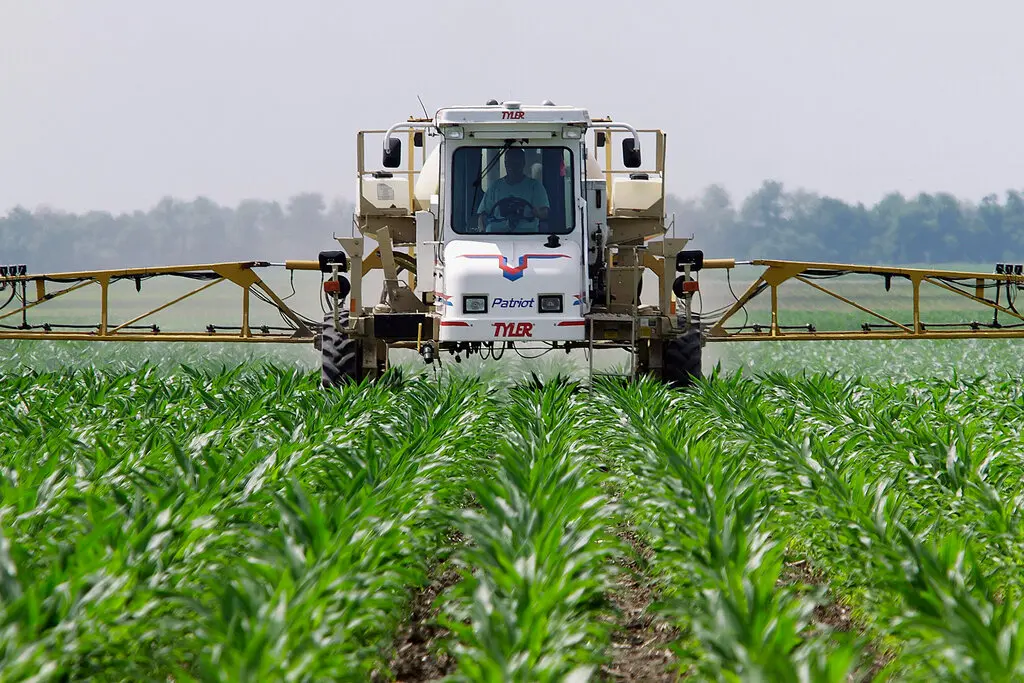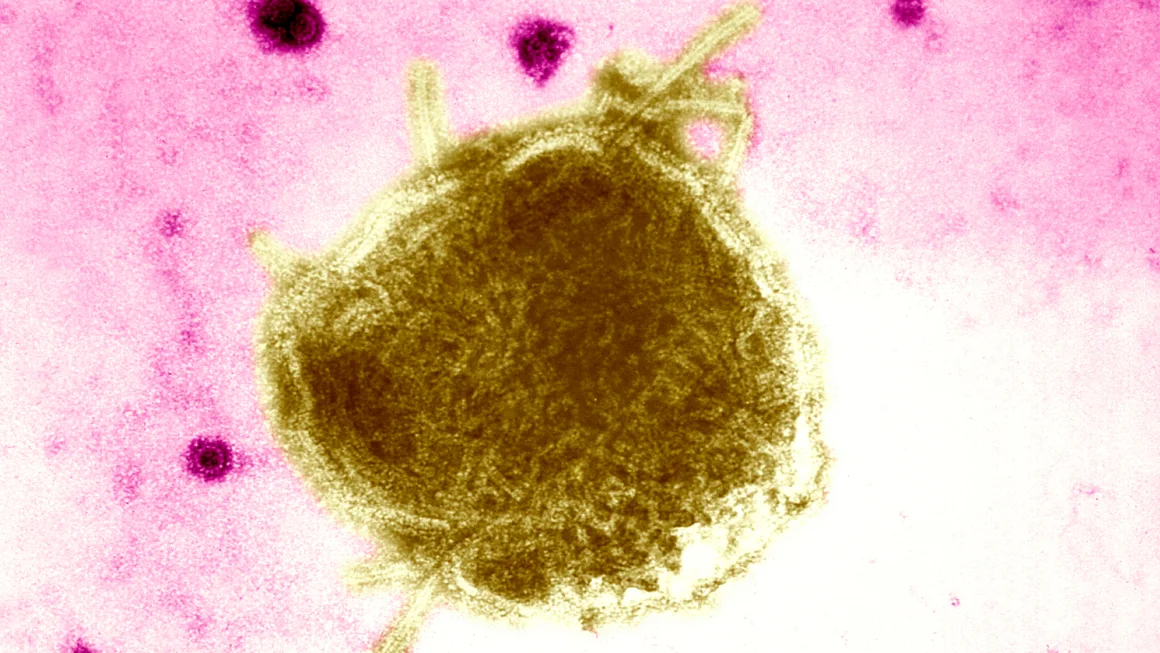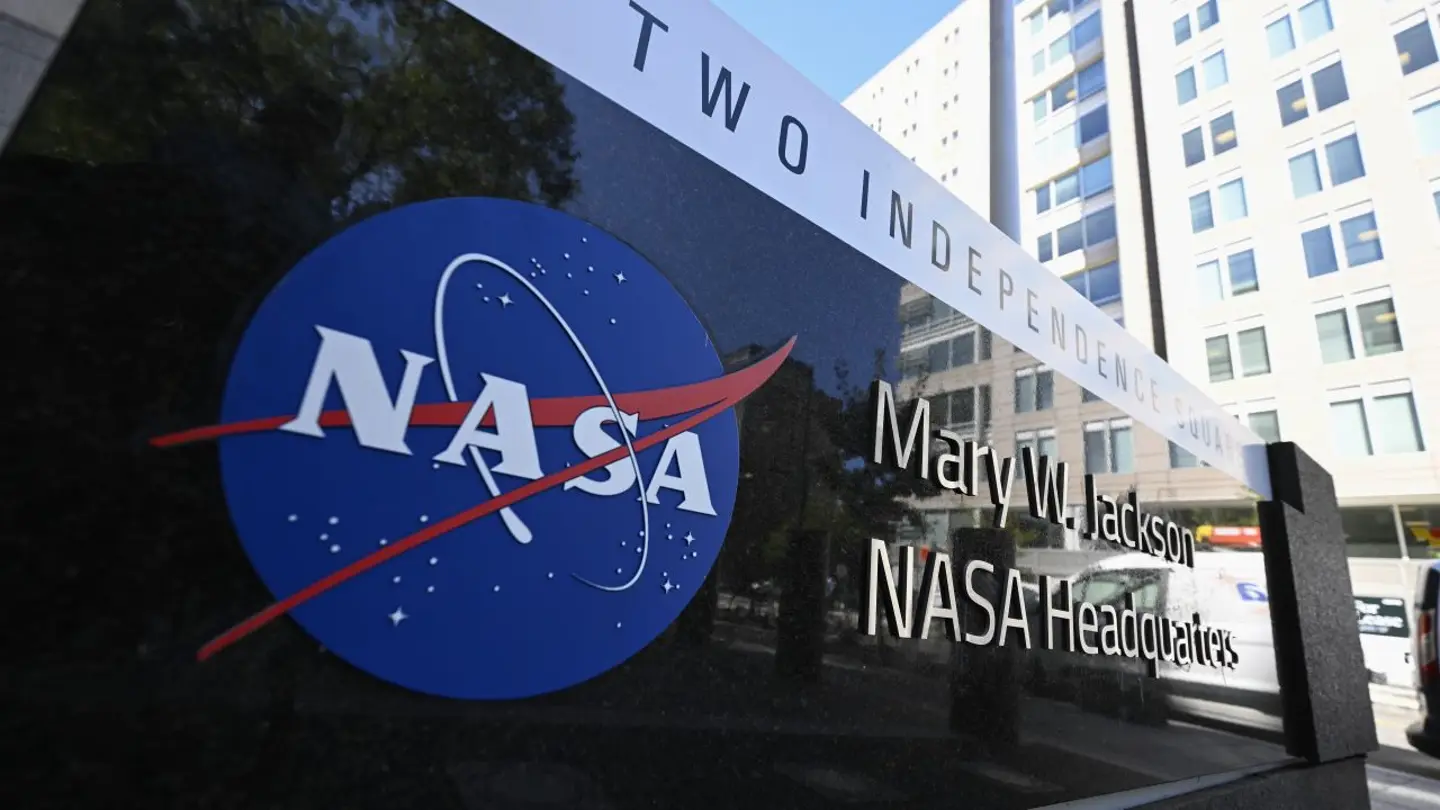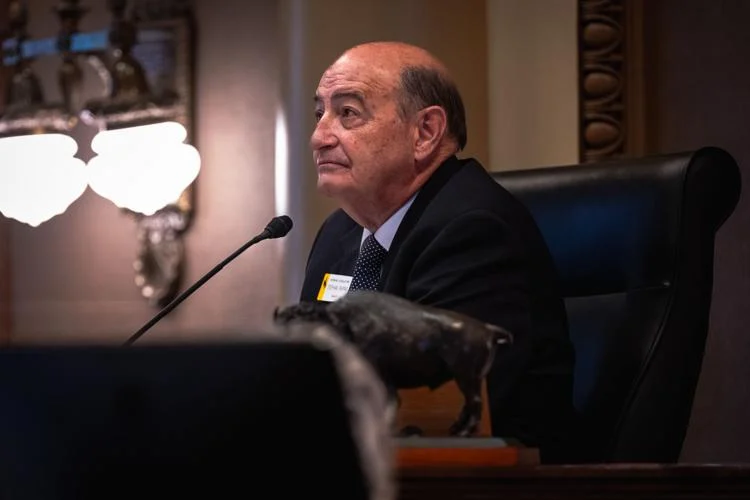Planned Breach of Wyoming’s LaPrele Dam Sparks Concerns and Debate
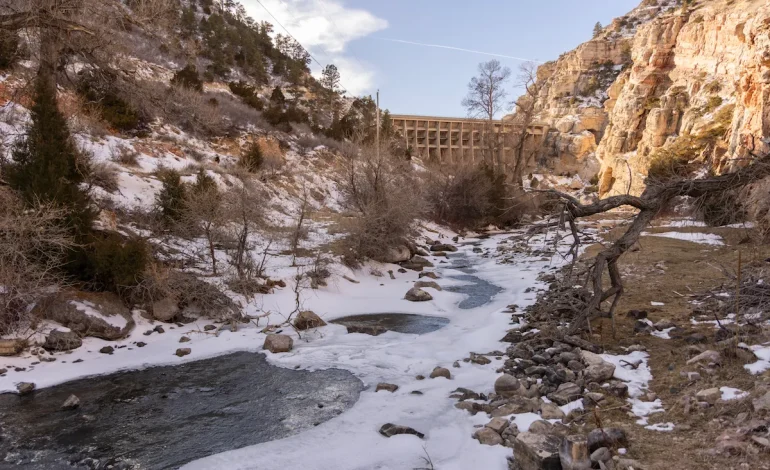
As crews prepare to breach the LaPrele Dam this month, local farmers and ranchers who have relied on its water for generations are bracing for challenges, while lawmakers continue to debate funding for a new structure, Oil City News reports.
Built in 1909, the LaPrele Dam has provided water storage for more than a century, supporting agriculture in Converse County and surrounding areas. However, the 115-year-old concrete dam, the last standing Ambursen-style flat-slab and fin-buttress dam in the United States, has been deemed structurally unsafe. Engineers warn that if the dam were to fail, it could result in catastrophic flooding, potentially impacting Ayres Natural Bridge Park, nearby homes, bridges on Interstate 25, and communities along the North Platte River.
In November 2024, state officials issued an order to breach the dam before the spring runoff, citing serious structural deficiencies. While some irrigators believe the dam could hold until a replacement is built, others, including LaPrele Irrigation District leaders, have acknowledged the risks and accepted the need for immediate action.
For families like Casey Darr’s, the dam has played a crucial role in sustaining agriculture in the area. Darr, the treasurer of the LaPrele Irrigation District Board, recalls childhood visits to the dam with his father, checking water levels that would ensure the survival of their ranch. Now, as the structure faces demolition, Darr and other farmers must prepare for at least five years without the water storage the dam provided.
“It’s been a part of our lives and these communities for over 100 years,” Darr said. “But at the same time, you’ve got to take your own personal feelings, thoughts, and opinions aside and do what’s right for the safety of others.”
The loss of the dam will mean increased reliance on unpredictable natural water flow, making late-season irrigation more difficult. Additionally, without the dam to regulate water levels, the risk of flooding could increase, affecting farms and infrastructure that have been built over decades without consideration for natural flooding patterns.
The Wyoming Legislature is debating funding for a new dam, estimated to cost between $116 million and $182 million. In 2022, the state set aside $30 million, and lawmakers are now considering an additional $60 million. So far, $63 million in federal grants has been secured, with hopes of securing more federal funding to cover the remaining costs.
There is also discussion over whether state funding should come with conditions, such as requiring public access to the reservoir for recreation or even transferring ownership of the dam to the state.
Some critics argue that the funding primarily benefits a small group of irrigators, while supporters highlight the dam’s broader economic impact, including its role in sustaining agriculture-dependent businesses across the state.
“This district took a dam that had a lifespan of 50 years, and we got 116 years out of it with no state help,” Darr said. “The economic impact that this dam has provided for this community far exceeds the amount of money that we’re getting from the state.”
While a new dam is planned, the process of securing full funding, obtaining permits, and completing construction could take several years. In the meantime, farmers and ranchers in the LaPrele Irrigation District will have to adjust to an uncertain water supply, and local communities will have to adapt to changes in water management.
Despite the challenges, many in the area see the investment in a new dam as essential for the long-term sustainability of agriculture, economic stability, and public safety.
“We just have to suck it up and deal with it for a few years in exchange for the safety of the community,” Darr said. “The right decision isn’t always the easy one.”
